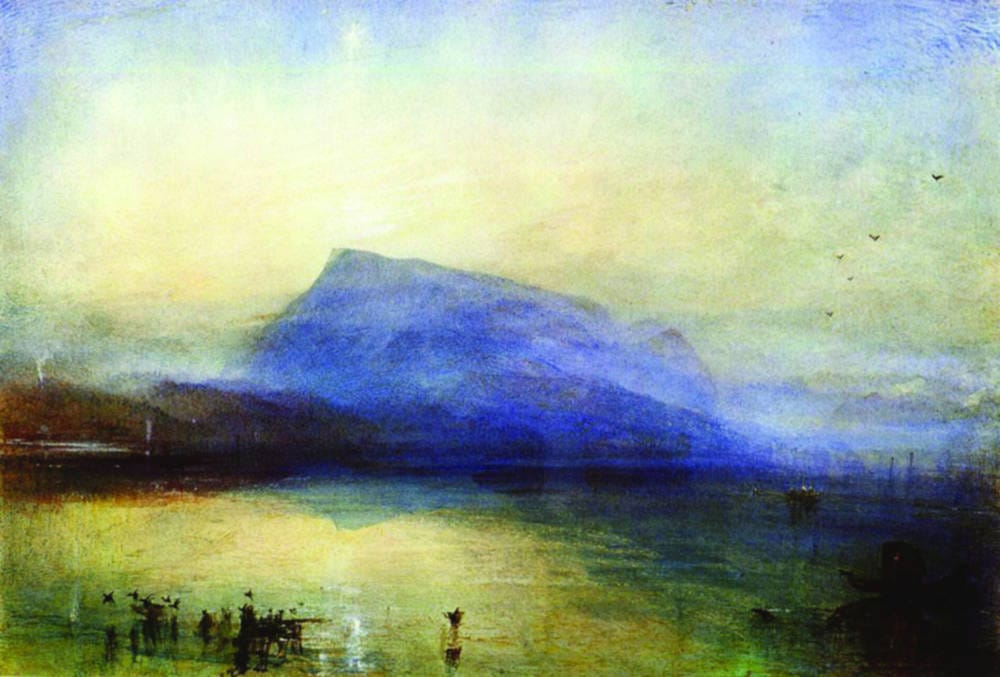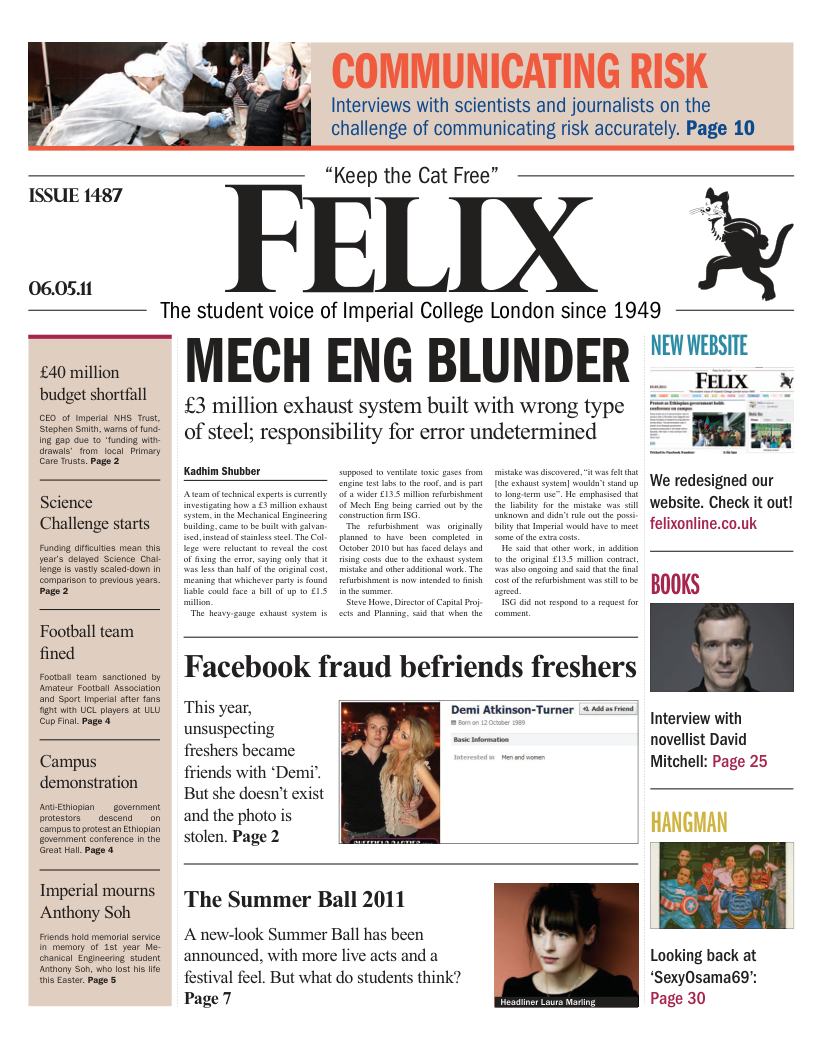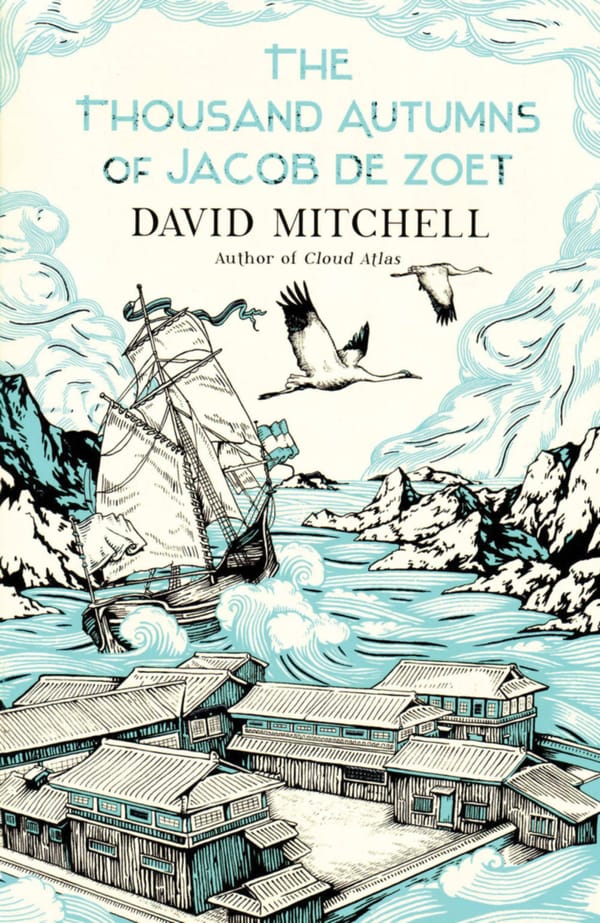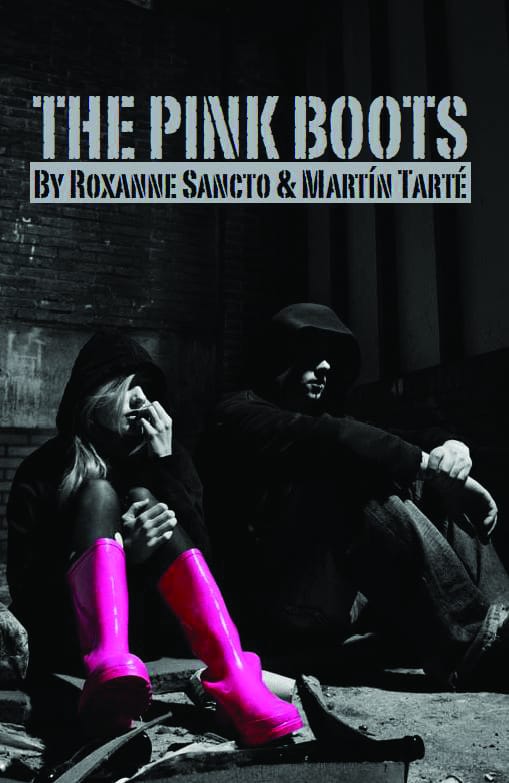Is it time to rethink the watercolour painting?
New Tate Britain exhibition challenges preconceptions about watercolour as a medium

Tate’s attempt at redefining our vision of a medium, watercolour, so commonly associated with amateurship and spinsters trying to show off their artistic talent is definitely successful. After viewing this exhibit your conception of what can be done with watercolours will have drastically changed, and you may leave with a feeling of greater respect towards what may seem at first an easy medium to master.
The nature of watercolours, fast to dry, cheap and portable, make them a very appropriate medium to do preliminary works aimed towards preparing a greater piece. This is the place to which the academic art had relegated watercolour, as a mere in-step towards the creation of a greater work. Nonetheless, watercolours have had other uses through human history not so closely related to our modern conception of art but to more prosaic. Detailed botanical drawings were lit by the use of watercolours providing XIX century scientists with a catalogue of the most exotic creations of nature in faraway territories. Topography did also rely on watercolours to transmit and record the fruit of its study.
The exhibit is well-structured, the onlooker is guided firstly through the most ancient uses of watercolours, which apart from the above mentioned include meticulously detailed portraits made during the middle ages. Their opacity and exactitude will undermine the preconception of watercolours as being only used in free hand romantic landscapes. Moving on through the rooms, a wide variety of landscapes is displayed. Turner’s The Blue Rigi Sunrise is a coquette piece; one which has to be approached to fully enjoy it. The size of the pieces, around the dimensions of a sheet of paper, will stir the observer to move closer, creating a feeling of intimacy not usually achieved with the great oil masterpieces that dominate the collection of most museums. Another remarkable piece is The Blue Night by Arthur Melville, where an uncommon vision of Venice is displayed: an intensely dark blue night surrounding the warm red lights of the Most Serene Republic.
The highlights of this exhibition are the fact that it caters for a wide range of tastes, since as we move on more modern artwork is on display. A particularly disturbing piece, The Cry Of The Gland by Jitish Kallat, greatly contrast with the pre-Raphaelite gouache is it sided by; hence, there is no time for boredom or repetitiveness on this show. Another reason for the success of the exhibit is the insight it provides into how watercolours are actually used. There is a room in which the technical advancements of the technique are displayed chronologically as well as explanations of a few techniques with paintings to exemplify them. This room helps bridge the final product we admire to the obscure workings of the artist. Experiencing the challenge of creating an art piece yourself, in spite of all the dishonoured role of the amateur, can be a fulfilling task which definitely helps to better understand art.
‘Watercolour’ at Tate Britain until 21 August. £10.90 with student card









